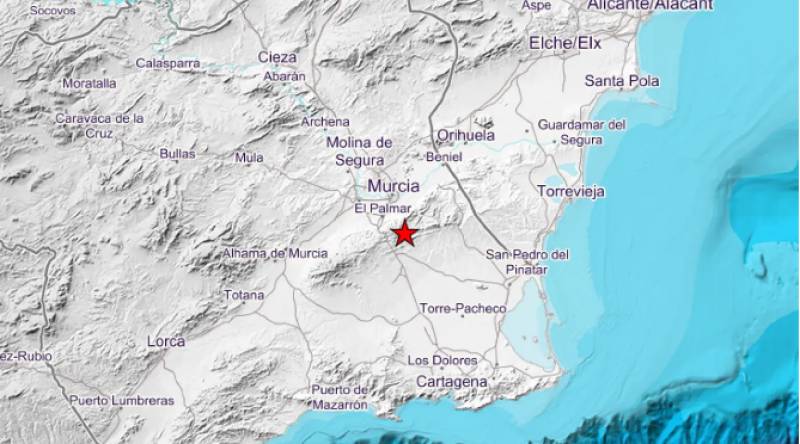
To be listed on the haciendadelalamo TODAY MAP please call +34 968 018 268.
Date Published: 19/11/2025
New hidden mercury source discovered in Mar Menor lagoon raises environmental concerns
Groundwater flow releases legacy mercury, threatening to increase toxic methylmercury as climate change worsens conditions
 A research team led by the Institute of Marine Sciences (ICM-CSIC) has uncovered a new, previously overlooked source of mercury entering the Mar Menor lagoon in Murcia. This source comes from underground water discharges flowing beneath the surface, releasing around one kilogram of mercury annually; about 70 times more than the well-known rambla del Albujón.
A research team led by the Institute of Marine Sciences (ICM-CSIC) has uncovered a new, previously overlooked source of mercury entering the Mar Menor lagoon in Murcia. This source comes from underground water discharges flowing beneath the surface, releasing around one kilogram of mercury annually; about 70 times more than the well-known rambla del Albujón.The study, published in Environmental Science & Technology, shows that this influx not only transports mercury but also creates ideal conditions near the coast for methylmercury formation, the most toxic and bioaccumulative form of mercury.
“What happens beneath the surface can be as decisive as what we see,” says Céline Lavergne, lead researcher. This ‘submarine groundwater discharge’ channel connects land to sea, carrying pollutants left behind from decades of mining and agriculture, known as ‘legacy mercury,’ which have been stored in sediment and are now returning to the water. Andrea G. Bravo, co-author, highlights that this mercury legacy “remains active decades later” despite reductions in current emissions.
While current mercury levels in the lagoon are not considered alarming, scientists warn the problem could escalate as rising temperatures and decreasing oxygen levels, driven by climate change, make Mediterranean coastal lagoons like Mar Menor increasingly vulnerable. Methylmercury buildup in the water could accumulate through the food chain, posing risks to marine life and human health.
This discovery broadens the understanding of mercury pollution pathways beyond rivers and atmospheric sources, revealing the critical role of underground water flows in coastal contamination. It underscores the urgent need for environmental management strategies that consider these hidden processes to protect ecosystems and ensure food safety.
Local residents and environmental groups may now have a new angle to press for improved protections of one of Spain’s most treasured natural lagoons.
You might also be interested in: Study warns that Spain’s rivers are at risk from rising mercury pollution
Image: wikicommons
Contact Murcia Today: Editorial 000 000 000 /
Office 000 000 000



































